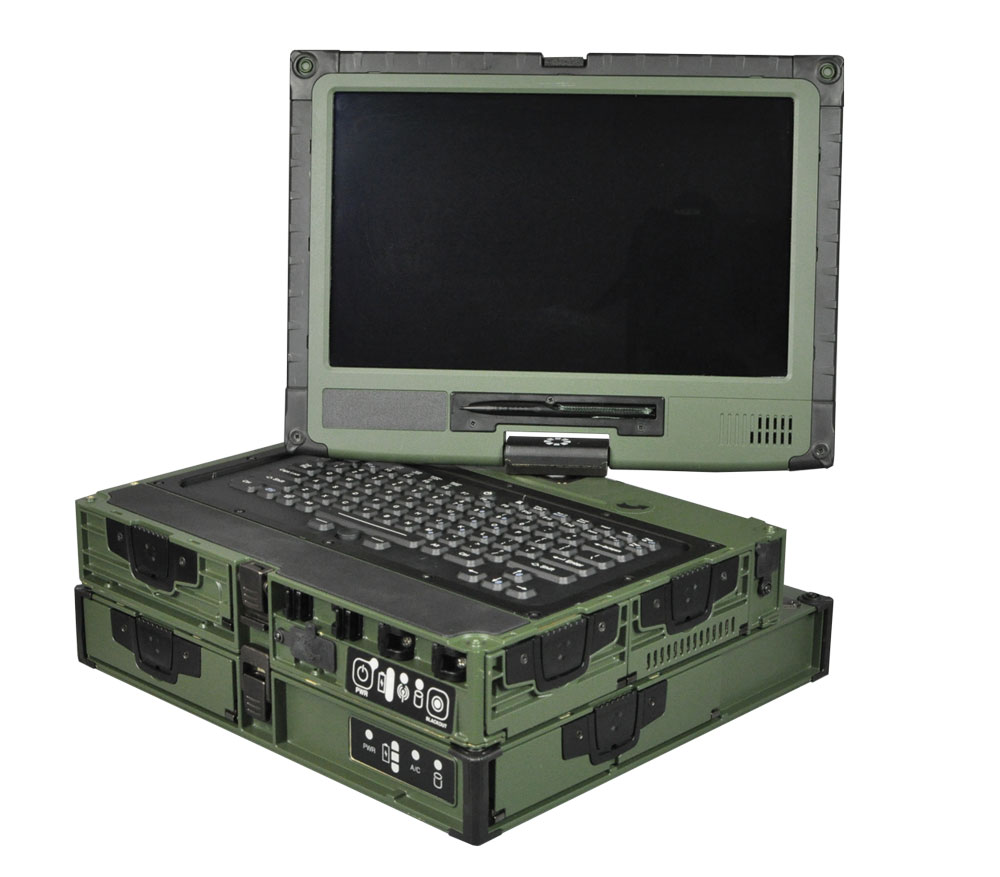Above Sealevel: Unmanned Aerial Systems
Imagine a fleet of unmanned underwater rovers scanning the ocean floor and communicating to each other like a pod of dolphins. Or a beetle that can be controlled through electrodes connected to its brain and muscles. Believe it or not this is the world we live in today. Technology is developing so quickly people will probably be buying their kids remote controlled mosquitos in 10 years.
A huge part of today’s military operations is the use of drones, or Unmanned Aerial Systems (UAS). Their ability to strike or provide surveillance without being seen or heard is what makes them so effective. There is a scene in the movie “Act of Valor” where a team of Navy Seals uses a drone called the Raven to survey an area they are approaching. As depicted in the movie, the information received from these systems can be lifesaving and it is obvious why our military and private companies are investing so much time and money in their development.
Technology is critical for UAS and a computer architecture that has gained interest from UAS designers is COM Express. Recently, Brandon Lewis, Associate Editor with “XTCA & CompactPCI Systems”, wrote an article entitled, COM Express: Scalability and Flexibility for UAS Sensor Processing. Bill Hanrahan, Sealevel Systems’ VP of Business Development, is featured in this article and explains why COM Express is seen as a good fit. “The basic premise of COM Express is that you have application-specific I/Os that separate it from the rapidly changing and complex processor modules,” says Bill. “So it allows for easy future upgrades to take advantage of enhancements in performance and power.” Sealevel’s COM Express solutions are a good fit for many military applications. Our experience in communications, especially synchronous serial I/O, can be easily integrated into a custom carrier board to provide the application specific functionality optimized for cost, size, and power.

The use for unmanned crafts (air, water, or ground) is expanding and the market has a huge upside. Recently, I was visiting the beach in South Carolina and watched police officers fly a drone around for a while. There is some conversation floating around about these drones being an invasion of privacy. I honestly have no idea what these police officers were using their drone for, but it is very interesting to think about what industries UAS could find their way into.
Categories:
